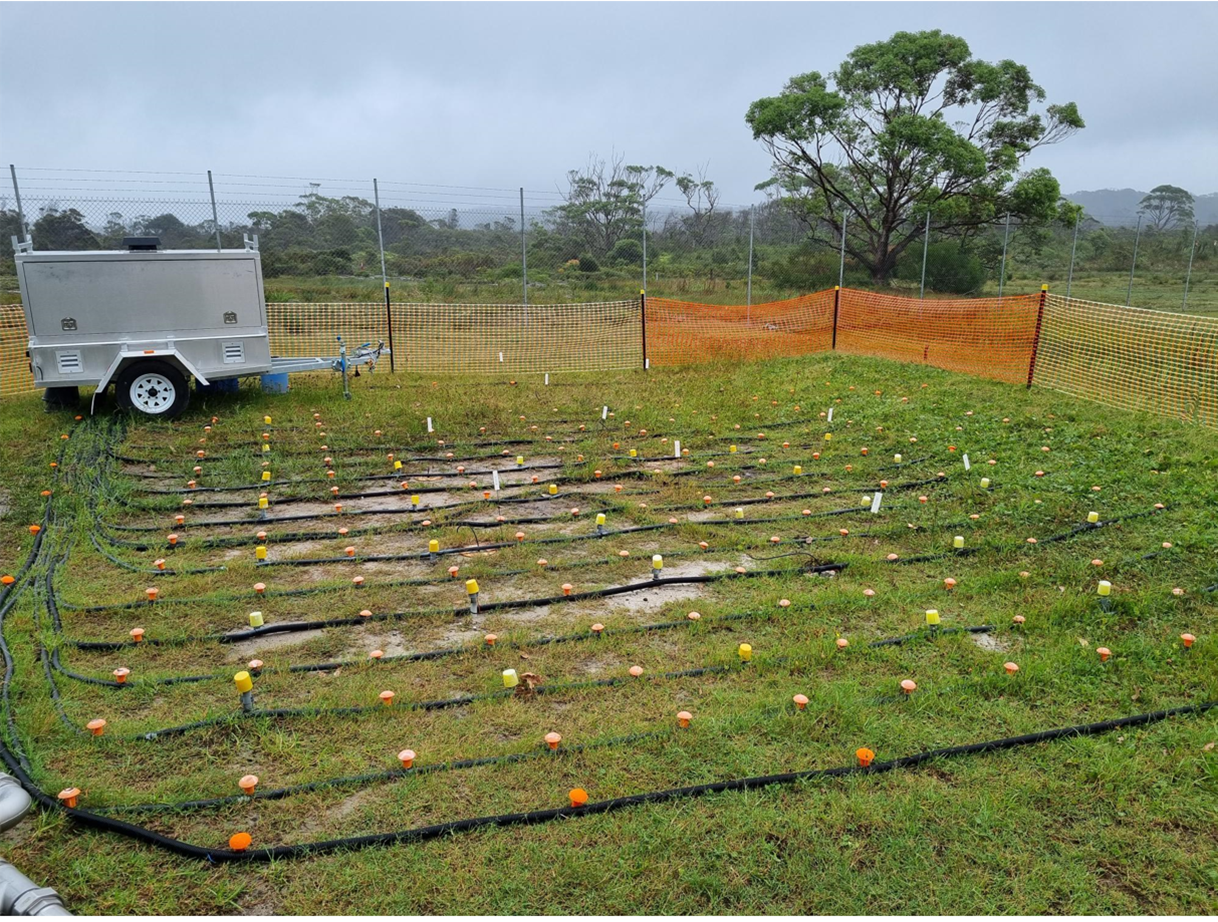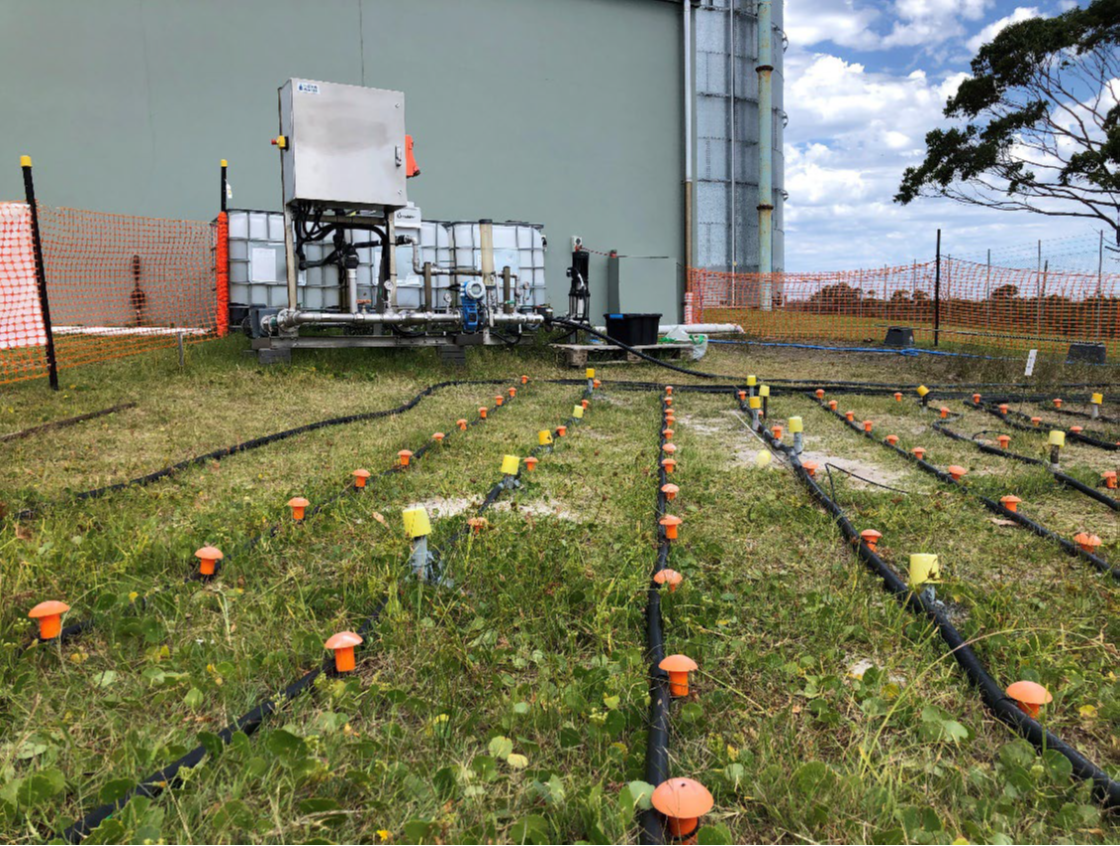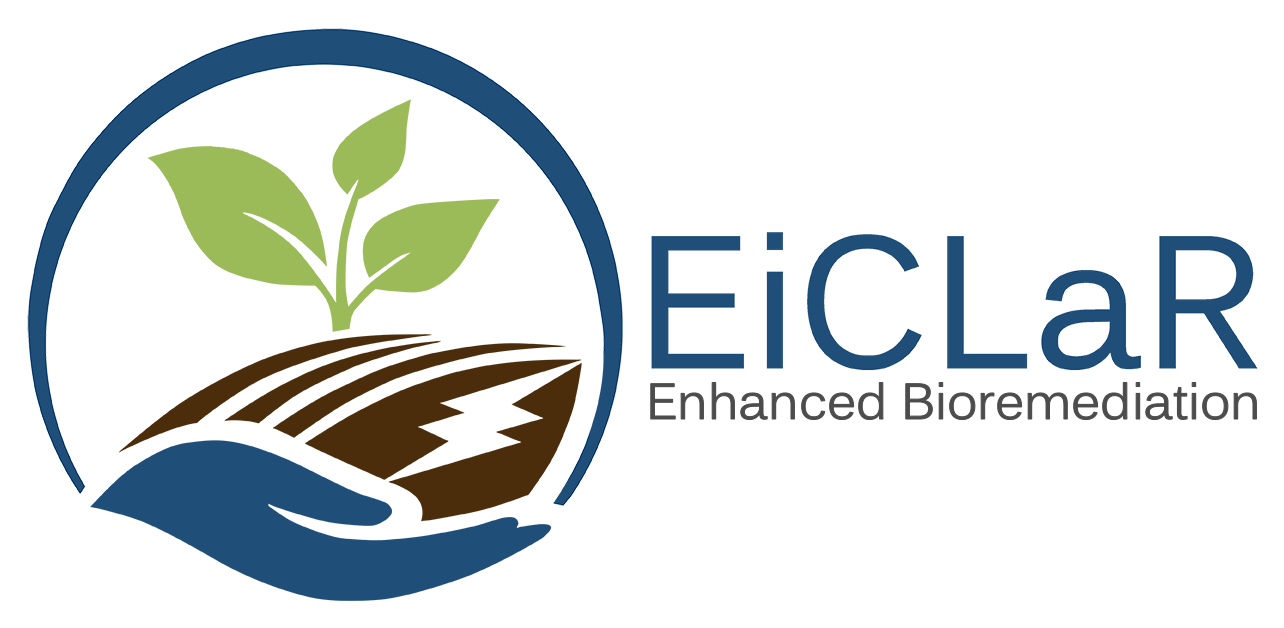A recent innovation, explored by EiCLaR, is the combination of Nano-Bio-Remediation with an application of electric current (electro-kinetic treatment). Applying low-voltage direct current (DC) across a section of contaminated aquifer will have several effects:
- Enhance the targeted distribution of injected nZVI particles and biodegradable substrate in the domain.
- Increase of longevity of the nZVI particles via controlled reduction process (controlled pH, ORP).
- Enhance the availability of contaminants for microbial degradation.
- Enhance the flow of electrons and reagents to lower permeable layers and zones behind the boundary controlled by injected nZVI particles
Â
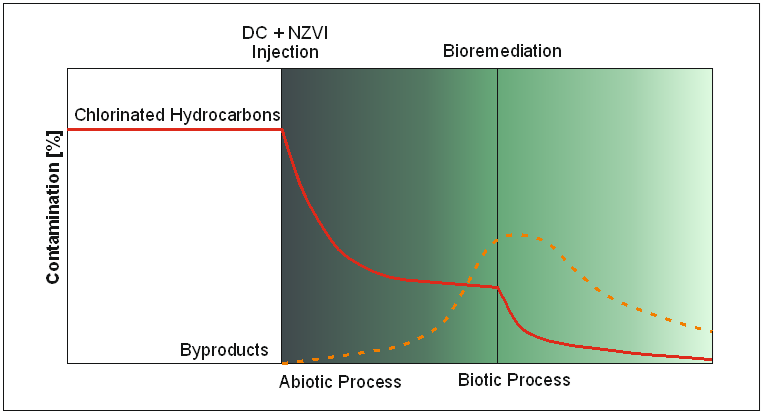
Electro-nano-bioremediation is a new approach addressing very effectively emerging pollutants in difficult-to-treat soils and aquifers. The application of nZVI quickly chemically reduces a wide range of contaminants and in parallel creates a suitable environment for subsequent biodegradation, thus eliminating the down-sides of both single treatments.
The application of DC directly affects contaminants and delivers reagents, biodegradable substrates and electrons to zones and layers with moderate (or lower) permeability. Subsequently or simultaneously running bioremediation reduces contamination at or behind the boundary of the zones affected by nZVI particles. At the same time, the aquifer environment and the iron are maintained in a reduced state and results in higher lifetimes and efficiency.
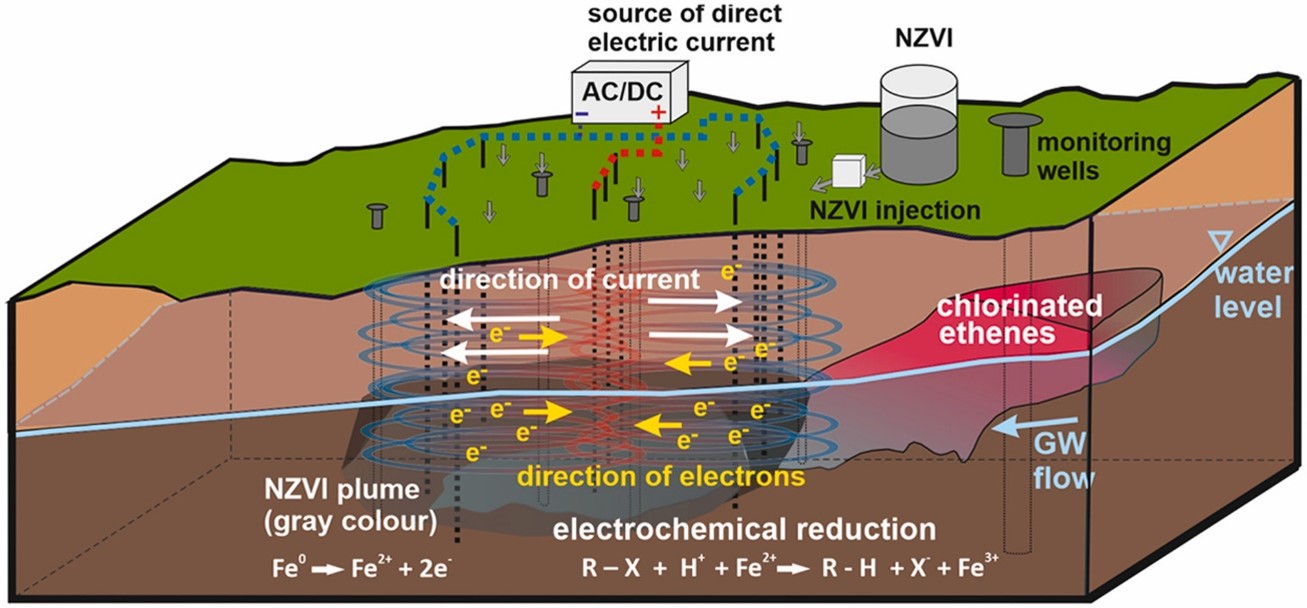
Â
In addition, Chinese research partners are investigating combined nano and bioremediation approaches with a view to treating chlorinated aliphatic and PFAS compounds.
Thus, ENB will greatly improve the performance of nZVI remediation, making nanoremediaton price competitive with other innovative or state-of-the-art in situ remediation techniques.
ENB is most suitable for saturated soil environments with high to moderate permeabilities but may also be used to remediate sites with low permeability soils or fractured bedrock. The technology tackles a wide range of pollutants such as halogenated organic compounds (i.e. chlorinated ethanes, ethenes, benzenes, methanes, propanes), selected metalloids, organic dyes, pesticides, phosphates, and nitrates. Additional contaminant groups are currently being researched.
